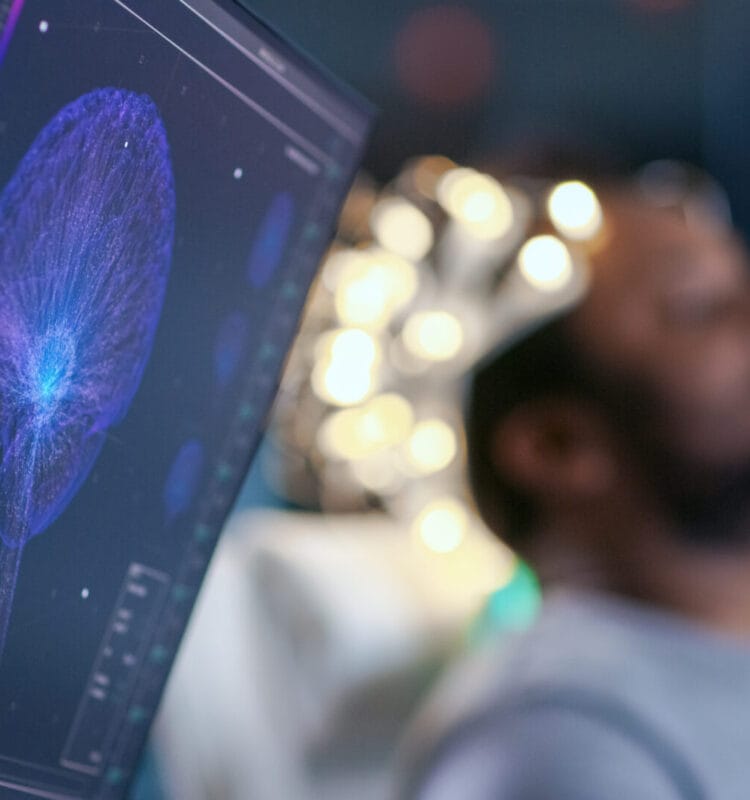EN


In research, understanding the nuances of human behavior requires a multidimensional approach. Nam Nguyen, Senior Neuroscience Product Specialist at iMotions, recently shed light on the pivotal role of multimodal research and how it weaves together insights from various physiological systems.
iMotions, a software platform utilized by over 1000 sites globally, serves as the nexus for integrating diverse tools. This facilitates data collection and provides profound insights into the human experience. The fundamental question guiding multimodal research is: Why combine data from different sources?
Human beings operate within a complex system of interconnected processes. From eye movements and facial expressions to muscle activation, brainwaves, skin responses, and voice modulation, each component adds a layer of valuable information. Multimodal research aims to capture these intricate interactions, offering a comprehensive understanding of human responses in different scenarios.
Nguyen emphasizes the ability to synchronize data from a myriad of tools seamlessly. In the collaborative project with the University of North Dakota (UND), the integration of the Smart Eye Pro eye tracking system with iMotions’ biometric platform became a cornerstone for unraveling human behavior.
Smart Eye Pro, renowned for its precision in eye tracking, serves as a linchpin in this endeavor. Its ability to track gaze points and eye movements, when combined with other tools, provides researchers with a nuanced understanding of attention, emotional states, and cognitive responses.
Nguyen delves into the functionalities of key tools within the iMotions ecosystem. The Smart Eye Pro eye tracker system, offering gaze plots, heat maps, and quantitative metrics like dwell time and time to first fixation, proves instrumental in deciphering where attention is directed and for how long.
Facial expression analysis, powered by AI-based software, complements eye tracking by unveiling the emotional spectrum of participants. It captures subtle nuances in facial movements, offering insights into emotional states such as joy, fear, sadness, and more.
Adding another layer to the research symphony is electroencephalography (EEG). This method involves placing a hat with antennas on participants’ heads to capture electrical activity from the brain. EEG data, when analyzed, unveils cognitive responses like distraction, drowsiness, and workload, providing researchers like UND with valuable insights.
Nguyen provides a glimpse into the diverse environments where multimodal research thrives. From field studies and store settings to virtual environments, cockpit simulations, and onscreen applications, iMotions supports research across an array of scenarios.
As technology advances, so does our ability to unravel the intricacies of human behavior. The collaboration between Smart Eye and iMotions exemplifies how a multimodal approach enriches research endeavors, offering a holistic perspective on human responses. In the pursuit of understanding the complexities of our interactions with the world, multimodal research guides researchers toward profound insights and discoveries.
Interested in eye tracking for automotive research? Download our Comprehensive Guide to Eye Tracking Technology here, or contact us today to discuss your automotive research project or see a demo!
